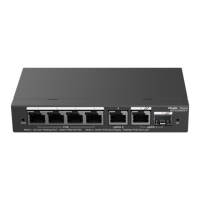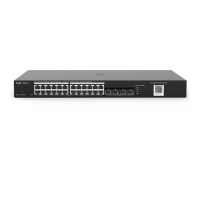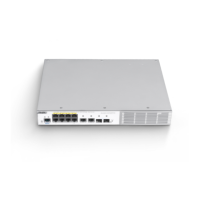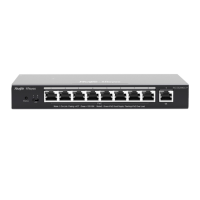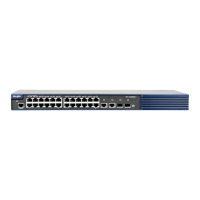Web-based Configuration Guide Basic Management
40
3.5 VLAN
3.5.1 VLAN Overview
A virtual local area network (VLAN) is a logical network created on a physical network. A VLAN has the same
properties as a normal physical network except that it is not limited by its physical location. Each VLAN has an
independent broadcast domain. Different VLANs are L2-isolated. L2 unicast, broadcast, and multicast frames
are forwarded and spread within one VLAN and will not be transmitted to other VLANs.
When a port is defined as a member of a VLAN, all clients connected to the port are a part of the VLAN. A
network supports multiple VLANs. VLANs can make L3 communication with each other through L3 devices or
L3 interfaces.
VLAN division includes two functions: creating VLANs and setting port VLANs.
3.5.2 Creating a VLAN
Choose Local Device > VLAN > VLAN List.
The VLAN list contains all the existing VLAN information. You can modify or delete the existing VLAN, or create
a new VLAN.
1. Adding a VLAN
Create multiple VLANs: Click Batch Add. In the displayed dialog box, enter VLAN ID range (separate multiple
VLAN ID ranges with commas (,)), and click OK. The VLANs added will be displayed in VLAN List.
